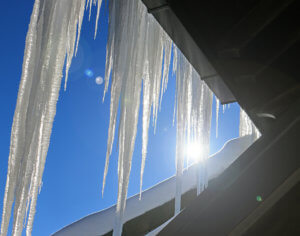Oftentimes I receive questions from prospective buyers, (sometimes sellers) as to what they can do with their property, or perhaps how they can advertise their property. When it comes to the city municipalities, they have their own set of zoning regulations and Zoning Maps such as the cities of Driggs and Victor. Each Zone has its own set of code requirements, and you can navigate this information relatively easy on each city’s respective website. The cities, however, take up a very small portion of the usable land in Teton County. The vast majority of private land is in the county itself.
- Permitted by Right
- Permitted with Conditions
- Permitted with Conditional Use

